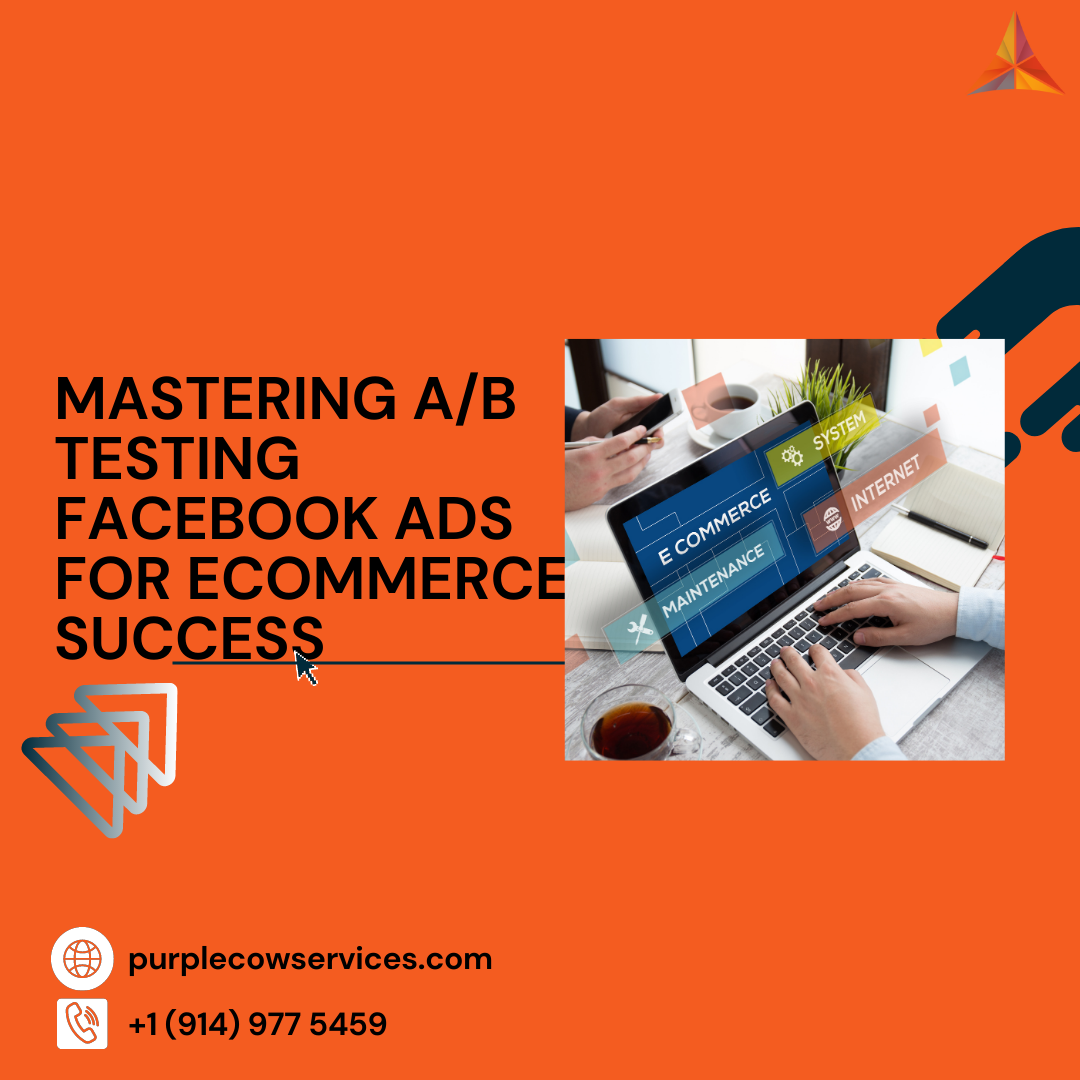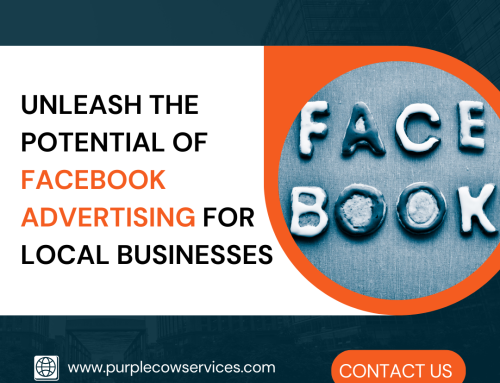As an eCommerce business owner, you know how important it is to get your message in front of potential customers on social media platforms like Facebook. But with so many advertisers vying for attention, it can be challenging to stand out and make your advertising dollars count.
Share This Story, Choose Your Platform!
That’s where A/B testing comes in. A/B testing, also known as split testing, allows you to test different variations of your Facebook ads to see which ones perform best. By experimenting with different ad elements such as headlines, images, and calls to action, you can optimize your ad campaigns for maximum effectiveness and ROI.
In this blog, we’ll take a deep dive into Mastering A/B Testing Facebook Ads for eCommerce Success, and show you how to get started with your own testing campaigns.
Why A/B Testing is Essential for Facebook Advertising Success in ECommerce
A/B testing is an essential tool for any eCommerce business looking to maximize the return on investment (ROI) of their Facebook advertising campaigns. By testing different ad variations, you can identify which ad elements are most effective at engaging your target audience and driving conversions.
Without A/B testing, you’re essentially operating in the dark, guessing which ad elements will work best for your audience. By contrast, A/B testing allows you to make data-driven decisions about your ad campaigns, based on actual user behavior and engagement metrics.
A/B testing also allows you to optimize your ad spend by focusing on the most effective ad elements. Rather than pouring money into ineffective ads, you can allocate your budget towards the ad variations that perform the best, resulting in a higher ROI and lower overall ad spend.
Getting Started with A/B Testing for Facebook Advertising in ECommerce
Now that you understand why A/B testing is essential for Facebook advertising success in eCommerce, let’s take a look at how to get started with your own A/B testing campaigns.
Step 1: Define Your Goals and Hypotheses
Before you can start A/B testing, you need to define your goals and hypotheses. What do you hope to achieve with your Facebook ads? What ad elements do you think will be most effective at achieving those goals?
For example, let’s say you’re a fashion eCommerce store that wants to drive more sales of your new spring clothing line. Your goal might be to increase click-through rates (CTR) on your Facebook ads, and your hypothesis might be that using lifestyle images featuring models wearing your clothing will be more effective at driving clicks than using product images alone.
Step 2: Create Your Ad Variations
Once you’ve defined your goals and hypotheses, it’s time to create your ad variations. Depending on the ad elements you’re testing, you might create multiple versions of your ad headline, image, call to action, or ad copy.
For example, you might create two different versions of your ad, one with a lifestyle image and one with a product image, to test your hypothesis about which type of image is more effective.
Step 3: Run Your A/B Test
With your ad variations created, it’s time to run your A/B test. Facebook allows you to create A/B testing campaigns using their Ads Manager tool. When setting up your campaign, you can choose the “Create Split Test” option and select the ad elements you want to test.
Facebook will automatically split your ad impressions between the different variations of your ad, and track engagement metrics like CTR, conversion rate, and cost per conversion for each variation.
Step 4: Analyze Your Results and Iterate
After running your A/B test for a sufficient period (typically a few days to a week), it’s time to analyze your results and iterate. Look at the engagement metrics for each ad variation, and see which one performed better.
If one variation significantly outperformed the others, you may want to consider making that variation your primary ad going forward. Alternatively, you may want to iterate on your winning variation, by testing different variations of that ad element to see if you can improve its performance even further.
For example, if your lifestyle image ad outperformed your product image ad, you might test different lifestyle images to see if you can identify the most effective image for your audience.
Step 5: Rinse and Repeat
A/B testing is an ongoing process, and you should integrate it into your Facebook advertising strategy on an ongoing basis. As you continue to run ad campaigns, be sure to test new ad elements and iterate on existing ad elements to maximize their effectiveness.
Conclusion
A/B testing is an essential tool for eCommerce businesses looking to optimize their Facebook advertising campaigns. By testing different ad elements and iterating on the most effective variations, you can maximize your ROI and drive more sales through your Facebook ads.
To get started with A/B testing, define your goals and hypotheses, create your ad variations, run your A/B test, analyze your results, and iterate on your winning variations. By making A/B testing an ongoing part of your Facebook advertising strategy, you can continually improve the effectiveness of your ads and drive more sales for your eCommerce business.
Are you tired of your Facebook ads not generating the results you want? Take your eCommerce success to the next level with Purple Cow’s Facebook Advertising services. Our proven approach will help you master Facebook ads A/B testing, allowing you to optimize your campaigns and drive higher conversions. Don’t settle for mediocre results. Stand out from the crowd with our purple cow solution and start seeing the ROI you deserve. Contact us today!
Share This Story, Choose Your Platform!
In This Blog:

















